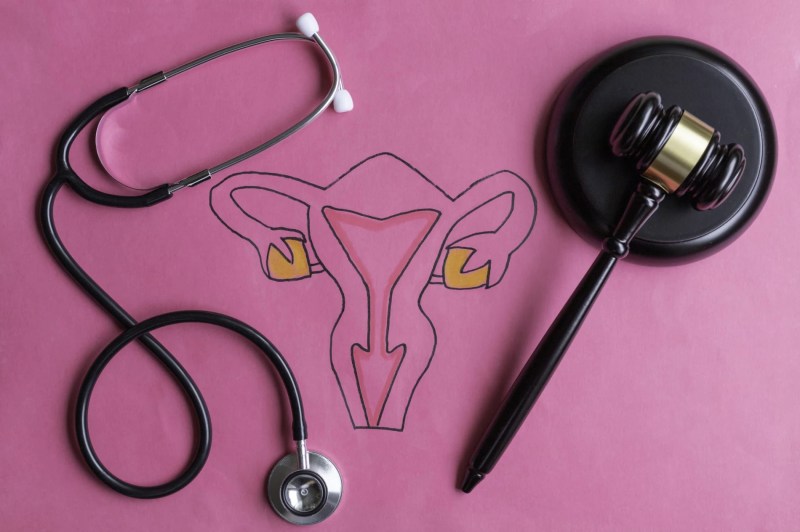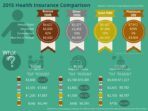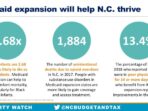Health Care Usa Vs Australia – New research published by the Fund of Commonwealth shows that women in the United States have much worse access to medical care, life expectancy, death that can be avoided, mental health and disease.
“What we really want to understand how women’s health looks like throughout the period of life,” Munira Z. Gunzh.
Health Care Usa Vs Australia

“Our study reveals that women in the United States have a lower life expectancy and really high deaths that can be avoided,” he said.
Health Care For Women Internationally
Gunzha says that the worse is that the United States is the only country in the analysis without a general medical care system, which leads to a great proportion of the American population, which is not Aister, which makes access to adequate medical care to the worst in the country.
The study compares the United States with Australia, Canada, Chile, France, Germany, Japan, Korea, Netherlands, New Zealand, Norway, Sweden, Switzerland and the United Kingdom.
The report also defines deep racial and ethnic differences in black and Latin American women regarding their access to health and experiences of chronic conditions, and everything that socioeconomic problems face.
“We know that black women are more likely to die for the mother’s death compared to white women, and we know that the vast majority of these deaths are considered prevention,” Gunzha said.
Medicine And Health Care In The United States
It does not refer to more than a quarter of Latin American women in the United States report, and 10 million women living in the United States are not planned. This graphic collection is studying how the medical care costs of the United States are compared with medical care costs in other OECD countries, which are similar to large and rich, based on GDP and GDP per shower. This analysis uses data from the OECD Health Statistics Database.
As for the size of its economy, the United States is spending more in medical attention than other high -income countries
Rich countries, including the United States, generally spend more on a person in medical care than in countries with less income. However, even among the highest income countries, the United States spends much more per person in health.
.jpg?strip=all)
The comparison of medical care in the United States with other countries is difficult because each country has unique political, economic and social characteristics that contribute to its costs. As health costs are closely related to the country’s wealth, the rest of the graphics are compared to the United States with similar and rich OECD countries.
Chronic Health Conditions Among Culturally And Linguistically Diverse Australians, 2021
On average, other large and rich countries pass approximately half per person in health than the US.
Health expenses for a person in the United States amounted to $ 13, $ 432 in 2023, which exceeded $ 3, $ 700 more than any other high -income country. The average amount spent on human health in comparable countries ($ 7, $ 393) is approximately half of what the United States spends on a person.
In almost all pairs, per capita health expense increased between 2022 and 2023, except Germany, where expenses decreased by 1.2%. In the United States, the cost of medical care per capita was observed by 5.4%, which increased that in most comparable countries, although less than Sweden (7.3%), Switzerland (7.1%) and the Netherlands (6.3%).
This is a 5.4%increase in per capita health in the United States higher than the increase in the previous year compared to 2021 and 2022 (2.9%) and between 2020 and 2021 (3.7%).
Explaining The Horribly Wasteful U.s. Heath Care System As A Combination Of Rich-countries-spend-more-on-health-care And Diminishing-returns-to-health- Care-spending
Health expenses as a proportion of GDP in the United States remain stable in 2023, since the growth of the economy was approximately equal to the increase in health costs
In the last five decades, the difference between medical care costs as part of the United States economy and OECD comparable countries has expanded. In 1970, the United States spent about 6.2% of its GDP for health, similar to costs in several comparable countries (the average value of relatively rich countries was approximately 4.9% of GDP in 1970). The United States is on the way to other countries before the 1980s, when health expenses in the United States have increased at a much faster rate with respect to GDP. Since then, medical care costs as a proportion of the economy have increased faster in the United States than in colleagues.
In 2020, the United States spent 18.6% of its GDP for health -related expenses (compared to 16.6% in 2019). However, health costs as a proportion of GDP in the United States decreased to 16.5% in 2022 and 16.7% in 2023, but it is still much higher than in their peers.

When Covid-19 pandemic began in 2020, the US and other residents increased health costs with a higher indicator than in previous years. In addition, the GDP has decreased between the US and the companions between 2019 and 2020, since the economy slowed between the blockade. By 2021, the GDP resumed and restored the trajectory in the USA and other pairs.
The Efficient Spanish Healthcare System — Psi Consultants
After the Jump in 2020, Us Health Care Costs Returned to a More Typical Growth Rate In 2021. On The Counterary, The Average Health Costs in Peers have a significant increased significantly Between 2020 and 2021 Before Restoring The Slow Growth Curve In 2022. Growth of the Health of the Pandemic was concentrated in 2020 in the United States, but spread Between 2020 and 2021 in must leveling country, so by 2020, on the action that follows, as balanced, leaving, as they continue, they were spending, that they were spending, what they were spent. They radiate that they spent, how they radiate, continue, what they spent, how they issued, how they radiate, what he led, which was spent at levels. Spike for the USA. UU., But gradually increases and decreases for pandemic. In recent years, GDP growth has exceeded the increase in health costs in peers, which leads to a decrease in health costs as a proportion of GDP. On the contrary, in the United States, health increases continue to exceed GDP slightly.
Sometimes it is observed that the US. UU. They are observed faster to increase in health expenses, but recently an increase in costs compared to the country has been greater
Despite the fact that the United States has been higher than the average health cost, in recent years there has been a greater increase in colleagues costs. Historically, in the 1980s, there was an accelerated increase in medical care costs per capita in the United States. The average annual growth rate in the United States has been much higher than comparisons in the country during the 1980s. Relatively rich countries observed an average of 7.3% of the annual growth during this period.
When observing 5 years of growth, during the period 2005-2010, the United States observed the average annual health costs of 4.1% compared to 7.2% during the previous period of five years. Comparable countries have also observed as an average increase in health costs, compared to 4.5% of the average annual growth during 2005-2010, which decreased from 5.3% for 2000-2005.
Wow! American Reacts To Australian Health Care
In the 5 years that led to Pandemia COVID-19 (2015-2020), the increase in health expenses of the United States per capita ahead of the country (5.6% against 5.2%). The annual growth rate in comparable average countries increased between 2020 and 2023 to 6.7% against a 4.1% increase for the same period. In recent years, colleagues have observed an increase in preventive assistance costs compared to the United States, as well as increase the total per capita cost for services for hospitalized and outpatient patients.
The Peterson Health Center and CFF is collaborating to control how well the medical care system works in the US. In terms of quality and cost. Continue to join or start session, agree with the User Agreement, the Privacy Policy and the Cookies Archives.
As the United States continues our discussion about Obamacare and the best way to provide quality medical care available, a single payer continues to speak. As if the options were binary; A simple choice between our current system and a single payer, most Americans really don’t understand what it means or how it really works. A single payer was the cornerstone of Bernie’s presidential campaign, although it seemed to always describe it as Medicare-Foror-Al. When AP surveyed more than 1,000 adults in 2016, 63% were very positive about “Medicare for all”, but felt less interested in a payer (only 44%). Although they are often described as the same, they are not the same. This is different from the general confusion with here against Obamacare, what is the same.

What is a single payer? To be technically precise, a “unique payer” defines only one way to finance medical care in which a commercial entity collects money for medical care and compensates for suppliers (such as doctors and hospitals) for medical care. In a real system of individual plants, the government is an essence or “one payer.” The Government collects funds from people and companies, mainly in the form of taxes, and the government compensation of medical service providers provided to people registered in the medical care program. In other words, a single payer describes how medical care is financed, does not describe delivery (to whom doctors work or care). Again, it is just a universal online medical care system. If a single country also uses private coverage, it is a “hybrid system.” Almost all countries with a single payer have a hybrid system, which also allows you to provide additional private coverage.
Australia Health Insurance Market Report, Market Size, Market Share, Market Revenue, Market Growth
The universal coverage of medical care is a broader term describing the medical care system where everyone has medical care. There are many ways to achieve this, and a single payer is just a model for universal coverage. Other universal medical care models also use a private health insurance system or a combination of government and private decisions (many or all dependent systems). If it was completely implemented, here or Obamacare were headed to national universal coverage. The Constitution of the World Health Organization of 1948 declares the health of fundamental human rights and works with different countries in the development of different medical care models. WHO






